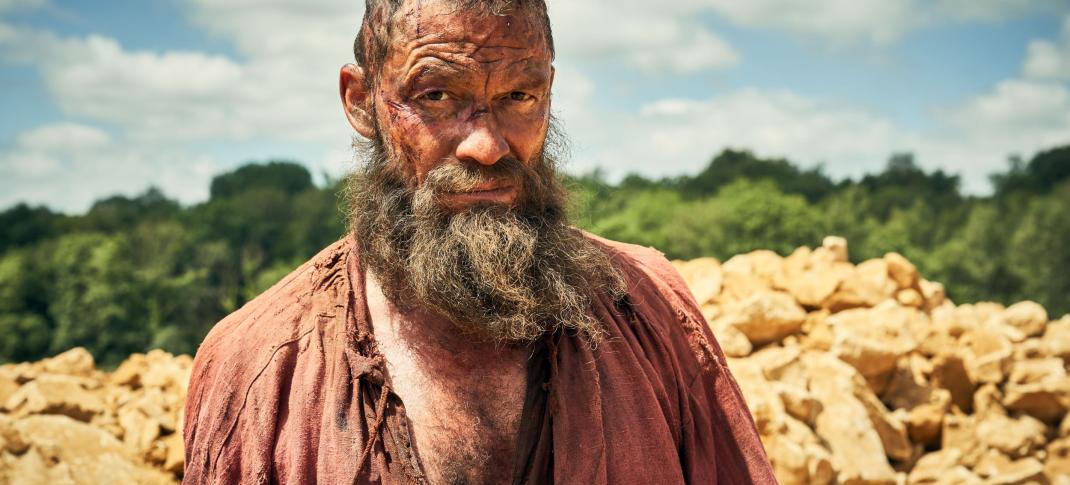The Real History Behind 'Les Miserables' Episode 1: 1815

The new Masterpiece adaptation of Les Miserables contextualizes the story in France's larger history. Our companion series runs down the history behind the gritty new version of Les Mis and asks how accurate each week's installment is. This week, we take a look at the premiere episode.
Waterloo & Its Aftermath
Most people know Les Mis via the extraordinarily popular musical, which, like the novel, begins with a focus on Jean Valjean, the man famous for doing 19 years for stealing a loaf of bread. This new adaptation rewinds the clock back a few months, juxtaposing the last few months of Valjean's sentence against the course of history around him, as well as providing glimpses of characters not usually seen until later in the story, Fantine and Marius. The latter, still a child, is the son of Col. Pontmercy, a Waterloo veteran, being raised by his maternal grandfather.
Waterloo occurred in June of 1815, with the armies of France under Napoléon Bonaparte. This was Bonaparte's last stand when France was defeated by England and the Duke of Wellington. He abdicated four days later. The actual battle killed tens of thousands, with England sacrificing around 15,000 men and France losing somewhere on the order of twice that. Putting Thernardier on the battle scene may be a touch of a stretch, considering he's a Parisian, and Waterloo happened in Belgium, and the public transportation that makes that journey easy now didn't exist in those days, but the reality of how those bodies were picked over by desperate thieves is very true to the time.
Bourbon Restoration
The period covered in Les Mis, from Napoleon's collapse to the July Revolution in 1830, is what's known as the Bourbon Restoration. When Monsieur Gillenormand talks about France having a King again, most might assume he's expressing relief at the end of another round of democracy, and autocrats back in control. Considering his wigs and finery, not to mention the audience's knowledge his grandson Marius will later commit to revolution and democracy, this is understandable. In reality, he's relieved at the end of France's pretensions at Empire. As part of the French aristocracy, Gillenormand would have already lived through the first Restoration in 1814, the failed reign of Louis XVIII, which attempted to roll back many of the democratic gains of the revolution by using Bonaparte's insane rule as cover. Instead, it led to Napoleon regaining power, and the Battle of Waterloo.
This second Restoration, which is when we see Pontmercy attempt to get custody of his son back, was far more violent than the first. Known as "The Second White Terror," it occurred mainly in France's southern regions, where somewhere around 200-300 of Bonaparte's vocal supporters were ruthlessly and publicly murdered by royalists determined to put down any dissent. That Pontmercy openly still supports Bonaparte is a danger to himself and his son, and is as much driving Gillenormand's insistence on keeping Marius away from his father as anything else.
Imprisonment in France
Jean Valjean's "19 years for stealing a mouthful of bread" is a famously bizarre sounding justice system, but it's not actually that far fetched. Judges of the period had serious power without much oversight and could sentence their victims willy-nilly. When they were released, they were given papers dyed yellow, so that anyone looking at them for employment would know instantly they were ex-convicts.
However, the details of Valjean's imprisonment are actually incorrect. He is supposedly interred at Toulon as a galley slave, but according to historical records, the galleys in this particular prison ceased operations in 1748, so technically in 1815, he either would have been imprisoned elsewhere or not a galley slave. That being said, the details of a galley slave's life, including the ankle chain with an iron ball attached (or attached to each other) is accurate, as is the construction-like work prisoners were forced to do.




